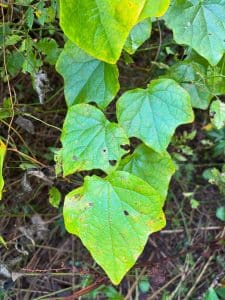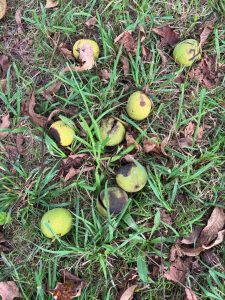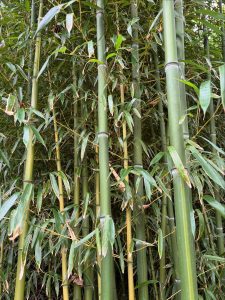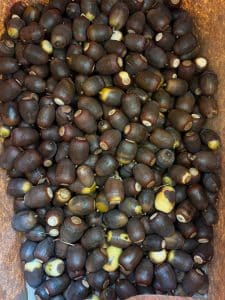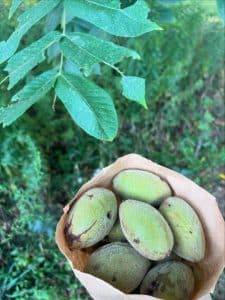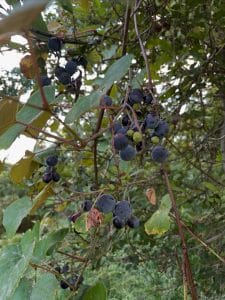Maples (Acer spp.) are a collection of trees and shrubs that most of us are greatly familiar with. The largest number of species can be found across Asia, particularly areas of Japan. However a high number of species also grow within the US, Canada, Europe and Northern Africa. They typically grow to a height of around 40 meters, with small tree and shrub species reaching no more than 10 meters.
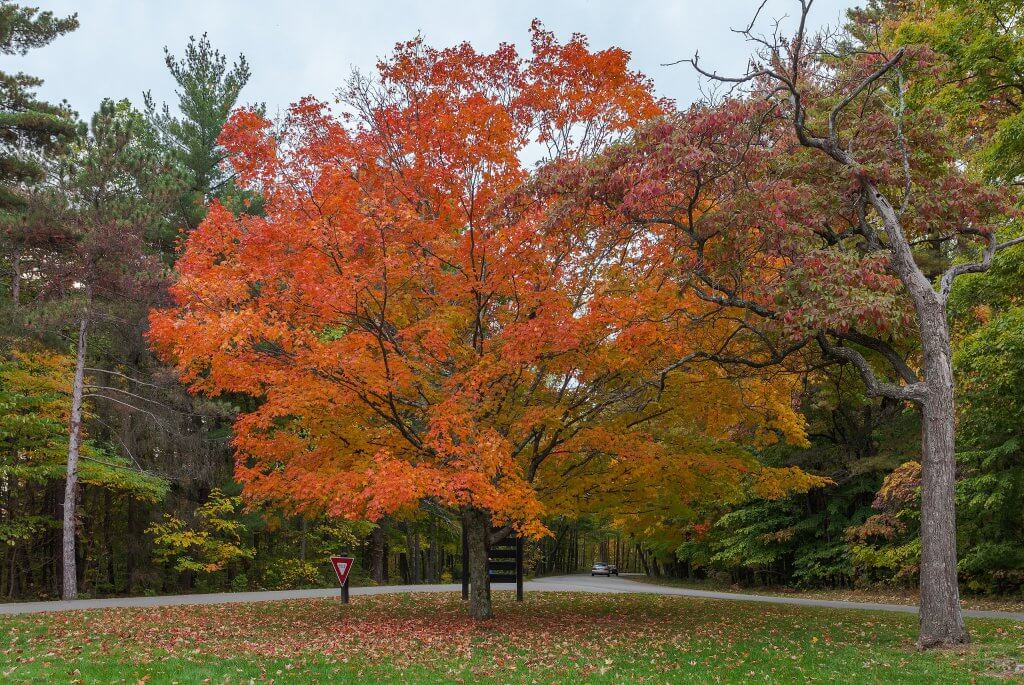
Maples are deciduous, with the golden hues of their foliage leaving us spellbound in autumn, before they fall and lie dormant throughout the winter months. The colors that maples display has made them a coveted staple in many gardens. From greens, yellows, reds and purples, maples put on an incredible color display throughout the seasons. Whilst their delicate and decoratively shaped leaves mean they are also chosen for their ornamental value too. Maple is frequently used in the creation of many bonsai trees, again for their incredible decorative value.
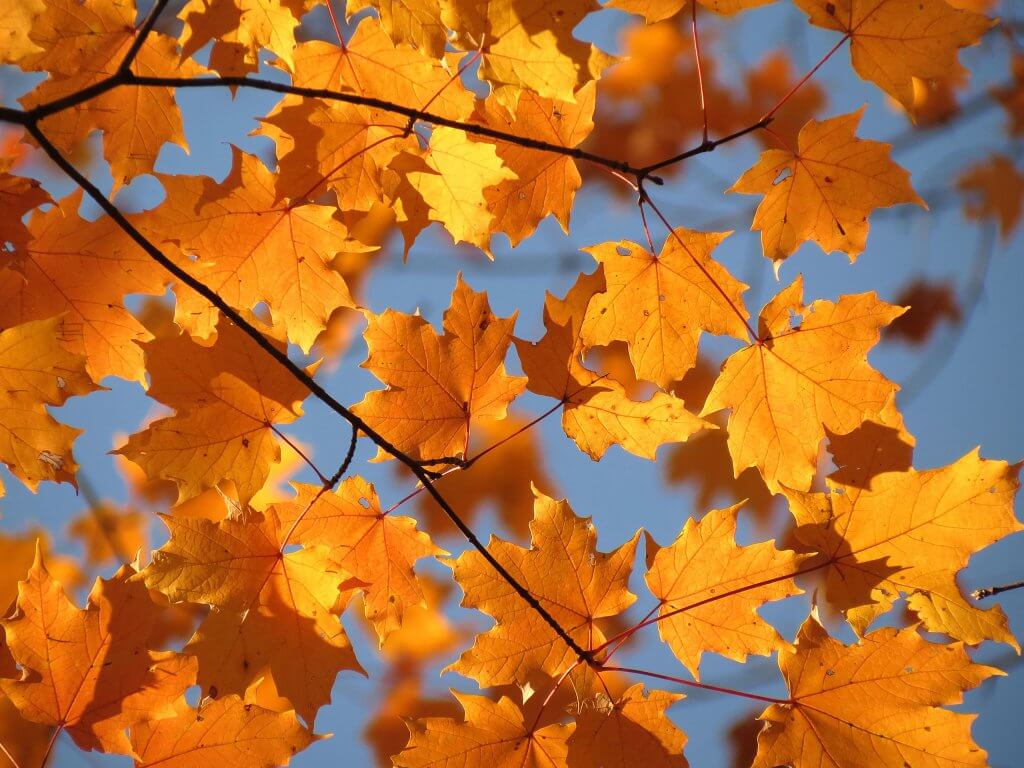
They are typically slow growing, so smaller varieties would be perfect to keep within a large container on a patio. The best planting position for a maple is a sheltered spot that receives protection from strong winds or full sun.
Edible parts and other uses
Sugar maple (Acer saccharum) is usually the first species that will spring to mind. Offering sweet and nourishing sap that can be tapped from within. Many other maple species have a similar sap, including the Black (Acer nigrum) and Silver (Acer saccharinum) maples. Black maple is specifically native to the midwestern portion of the United States. Whereas you will find Silver Maple in more central regions.
There is more to a maple than just maple syrup! Maple is one of the largely unknown plants of the midwest that can be foraged for their seeds and inner bark. The twirling ‘helicopter’ seed pods can be a fun game for children. However, did you know that you can boil the seeds and season with cinnamon, sugar or other spices for a sweet treat? Native Americans would frequently harvest seeds, young leaves and the inner bark of maple trees for an energy rich food source.

Maple trees are also a popular source for many products. From timbers, pulpwood (used for making paper) and even tone wood, a material particularly adept at creating instruments. Violins and cellos are often produced using the wood from maple trees.
Foraging
To forage and collect your own maple syrup, you would need to catch up to 40 cups of sap to make just one cup of syrup. Typically, the best time to collect sap is when the days are warm and the nights are cold.
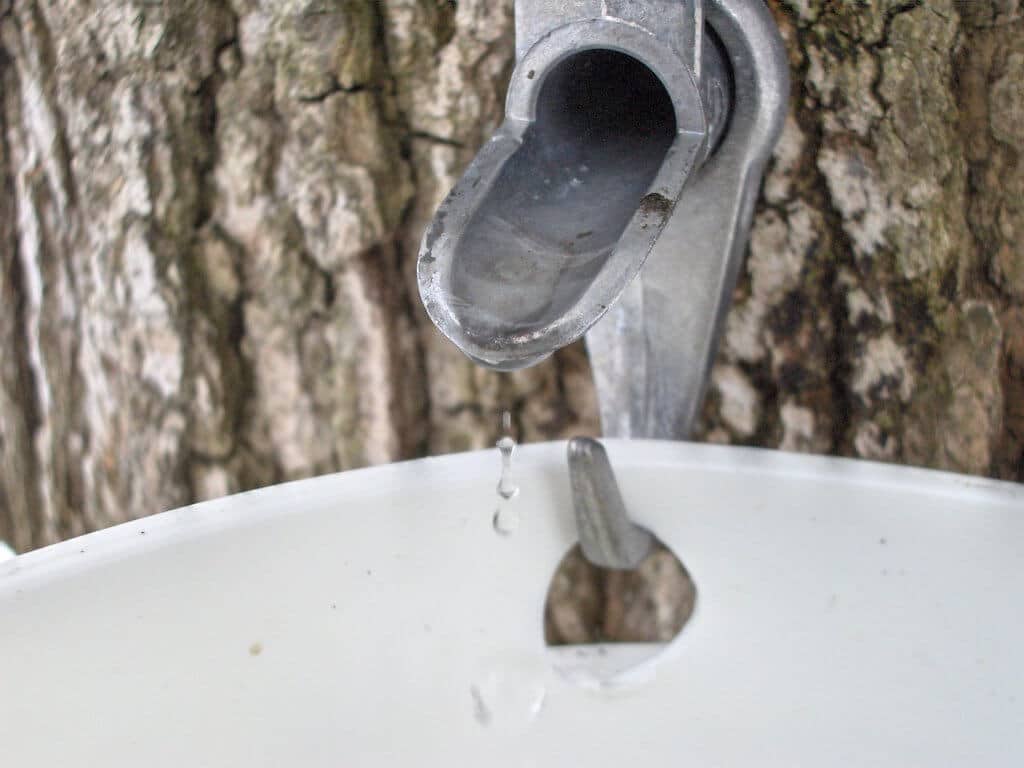
The fruits or ‘samaras’ of maples generally appear in summer and ripen towards the beginning of autumn. The perfect time for harvesting!
Cautions
Luckily, no toxic lookalikes exist that you might mistake for maple, as the leaves are very distinctive. Horse owners should however take care with tree and shrub planting around paddocks. Many maple species are poisonous for equine animals.
Did you know…
The scientific name for maple ‘Acer’, is Latin for ‘sharp’. Likely named because of the characteristic, and distinctive pointed ends of the maple leaf.
Conclusion
If you are new to foraging in the middle west, maple is an easily recognisable plant to begin your journey with. Try your hand at extracting some of the sweet saps by tapping a tree in your garden, or a local maple tree. But be sure to follow any local guidelines, generally any tree with a diameter of 10 to 20 inches should have only one tap. As well as creating your own syrup, try boiling up some maple seeds with a little of your favorite seasonings for a delicious snack.
—————Written by Hannah Sweet
Hannah is a freelance writer and graphic designer from the UK. With a penchant for travelling, photography and all things botanical, she enjoys writing about a wealth of topics and issues, from conservation and slow living, to design and travel. Learn more about her writing and design services at www.sweetmeanders.co
Many of our readers find that subscribing to Eat The Planet is the best way to make sure they don't miss any of our valuable information about wild edibles.
See our privacy policy for more information about ads on this site

